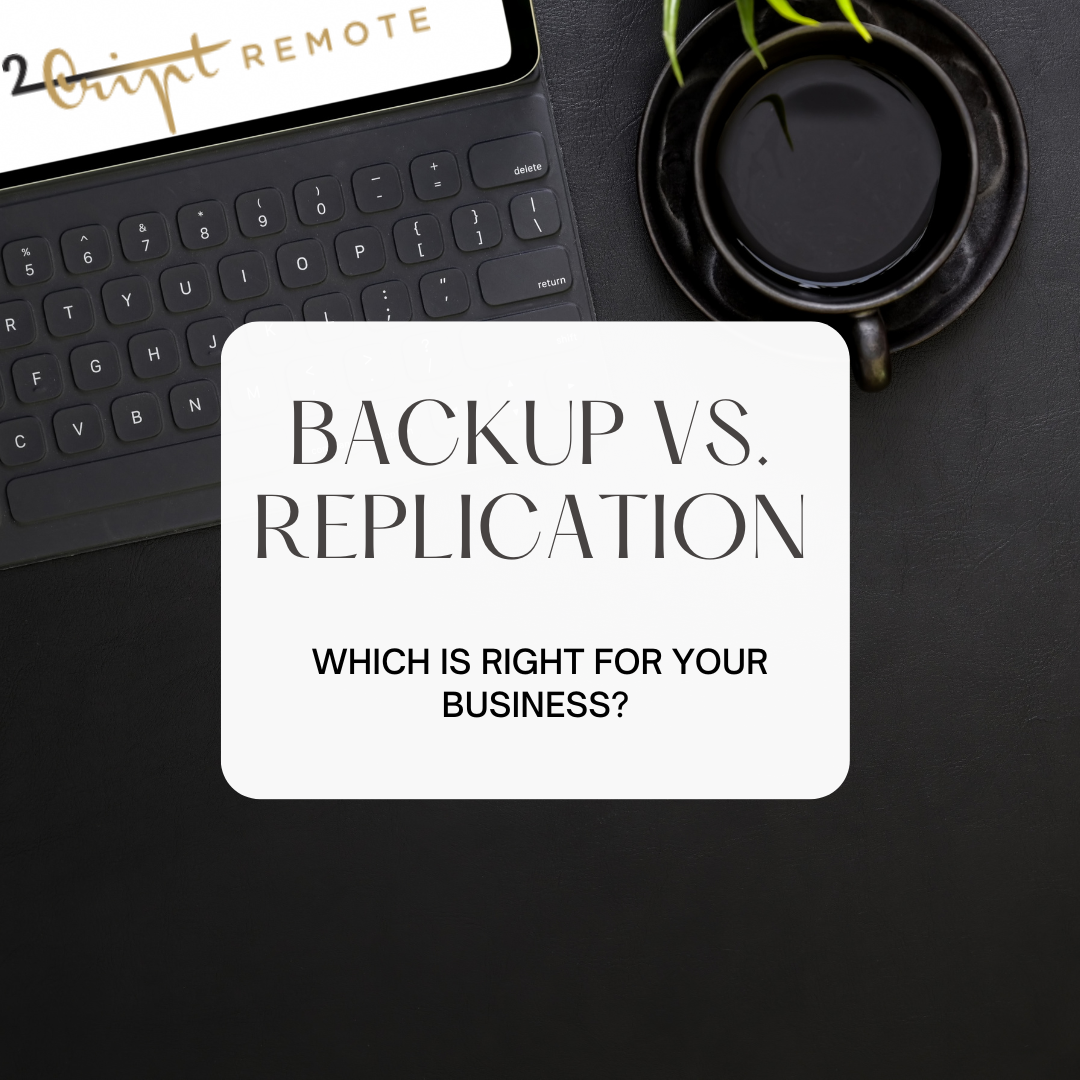The lifeblood of any modern business is data.
Data is used by businesses to make informed decisions, manage operations, and serve customers. That is why it is critical to safeguard your data against loss or corruption. Backup and replication are two common data protection strategies, each with its own set of benefits and drawbacks. In this article, we’ll look at the differences between backup and replication and help you decide which is best for your company.
Backup: Defending Your Data Against Loss
The process of copying data to a separate location for safekeeping is known as backup. In the event of data loss or corruption, the backup can be used to recover the data. Backups can be kept either locally, on an external hard drive, or in the cloud.
One of the primary benefits of backup is that it adds an extra layer of protection against data loss. If your primary data storage system fails or is compromised, you can quickly and easily restore your data using your backups. Backups can also be used to recover from unintentional deletions, hardware failures, and software errors.
Backups, on the other hand, have some limitations. Backing up data can be time-consuming and require a lot of storage space. Furthermore, if your backups are stored offsite, retrieving them in the event of a disaster may take some time.
Data Replication: Ensured Availability
An exact copy of your data in real-time is known as replication. This backup can be kept on a different server, in a different location, or even in the cloud. Replication is commonly used to ensure that data is always available, even if a hardware failure or other outage occurs.
One of the primary benefits of replication is that it ensures continuous data protection. If your primary data storage system fails, your replicated data is immediately accessible, reducing downtime and the risk of data loss. Replication can also be used to provide geographically distributed data access, allowing users in various locations to access the same data in real-time.
However, replication has some drawbacks. Replication can be costly because it necessitates additional hardware and storage. Furthermore, replication is not a stand-alone backup strategy. Data that has been replicated can still become corrupted or lost, so it is critical to have a backup strategy in place.
Which Approach Is Best for Your Company?
The choice between backup and replication, or a combination of the two, is determined by your company’s needs and budget. Backup may be the best option if your primary concern is protecting your data from loss. Replication may be a better option if you need to ensure that your data is always available.
It is critical to understand that backup and replication are not mutually exclusive. In fact, many businesses employ both strategies to ensure comprehensive data security. You can ensure that your data is always available and protected against loss or corruption by combining backup and replication.
Conclusion
Data protection is a critical concern for any business, and backup and replication are two common approaches to protecting data. While each approach has its own advantages and disadvantages, the decision to use backup, replication or both depends on your business needs and budget. By understanding the differences between backup and replication, you can make an informed decision about which approach is right for your business.
